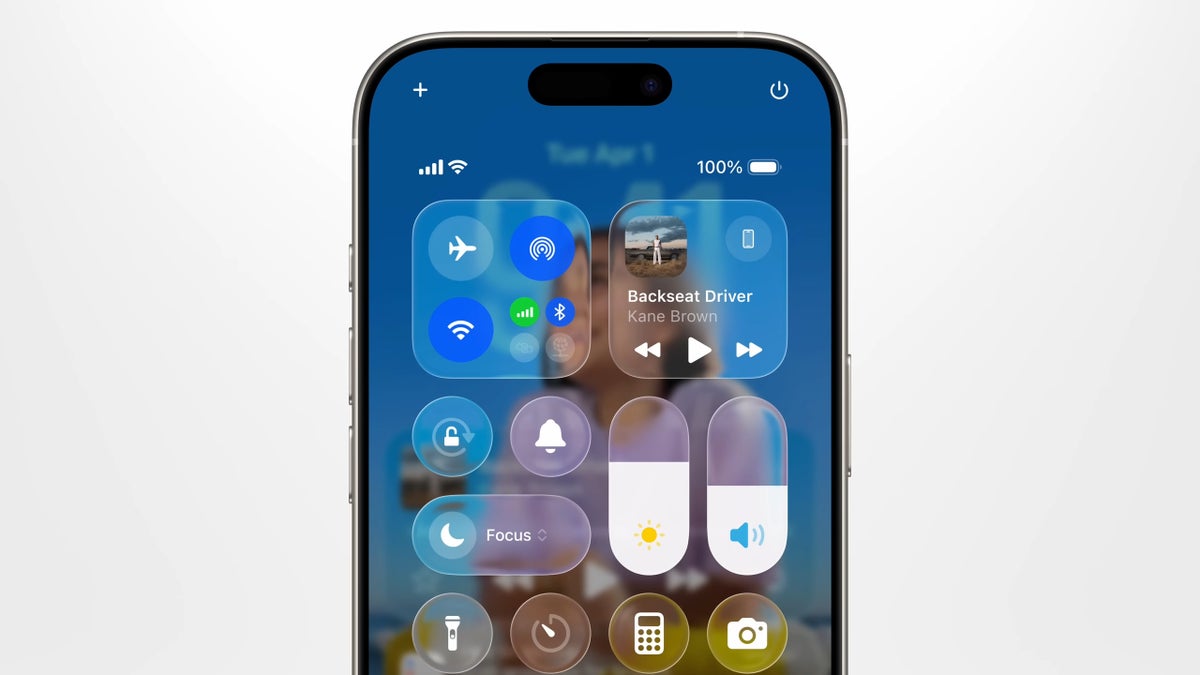At the Worldwide Developers Conference (WWDC) yesterday, Apple introduced the highly anticipated iOS 26, set for release this fall. 
A standout feature of the new update is its all-new user interface, which Apple has named Liquid Glass.
In an interview following the event, Apple executive Craig Federighi shared some insights into the inspiration behind this striking design. He explained that the use of glass in iOS 26 wasn’t just about aesthetics, but also functionality. The concept actually originated with visionOS, the interface powering the Apple Vision Pro headset. According to Craig, the glass surfaces in visionOS were not only visually stunning but also served to create a sense of openness by allowing virtual elements to blend seamlessly into their physical surroundings. This design philosophy has now been extended to iOS 26.
Federighi noted that the glass surfaces in iOS 26 are meant to enhance the user experience by maintaining a more open, airy feel. Apple’s goal with Liquid Glass is to allow more of the surrounding environment to shine through the interface, creating a sense of depth and context.
Apple has a long history with glass design, dating back to iOS 7, which saw the first experimental translucent surfaces. Over time, this evolved into a core part of Apple’s design language. Liquid Glass is the culmination of years of experimentation and refinement.
While the early reception of Liquid Glass in the iOS 26 beta has been somewhat mixed, with users praising its beauty but criticizing its occasional legibility issues and performance lag, Apple is confident that these issues will be ironed out before the public release in the fall. However, users may have to sacrifice some of the stunning visual effects for smoother performance.
2 comments
Looks great in demos, but I wonder if it will be as good in real-world use
The concept is great, but the execution needs a little more polish. I believe Apple will sort it out in the fall